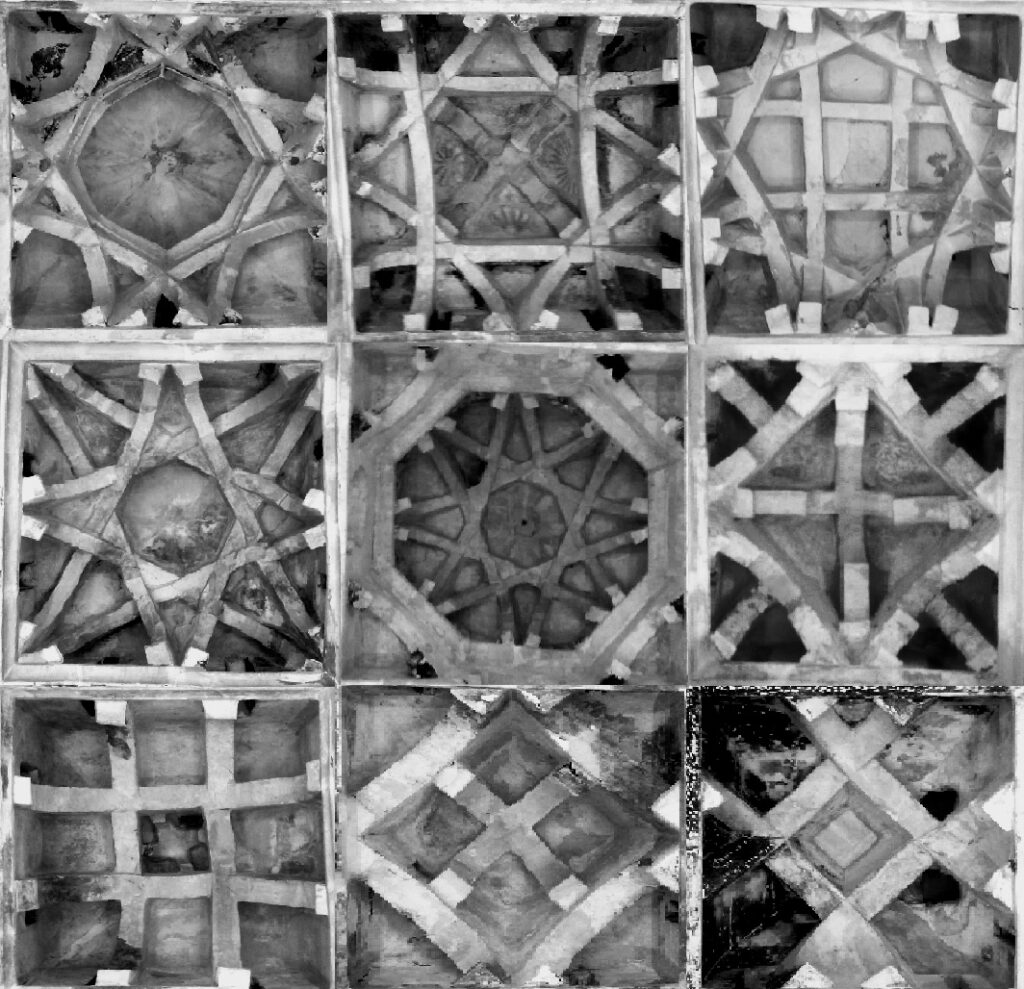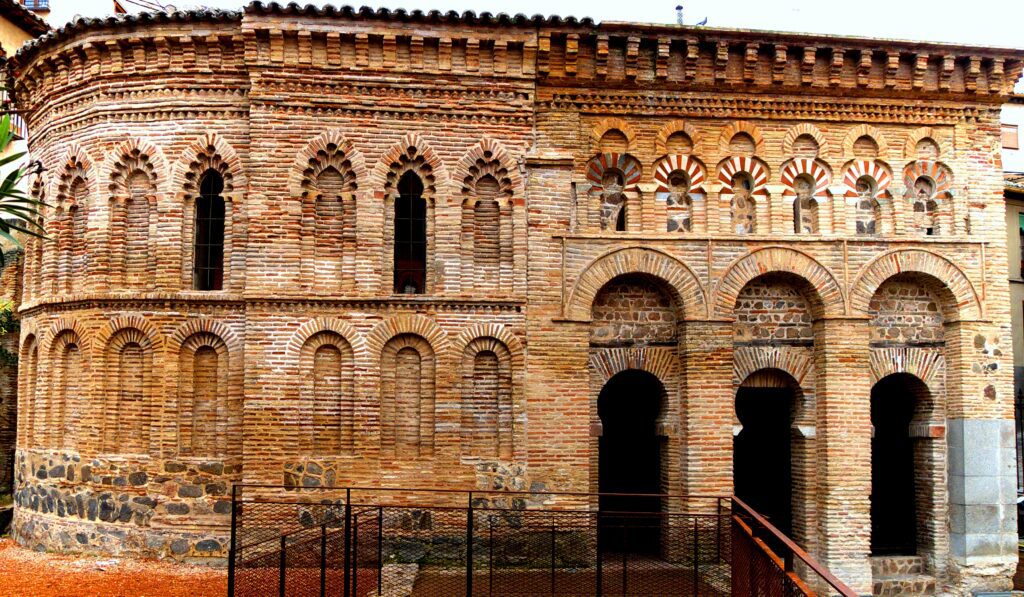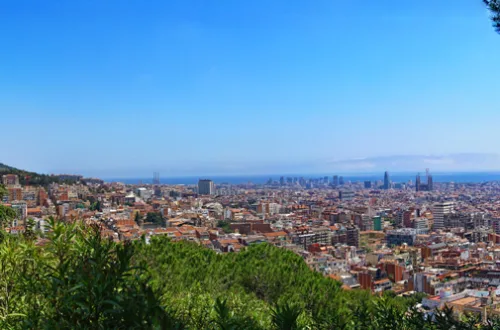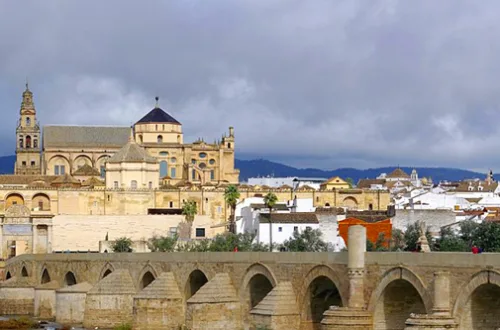
The Christ of the Light Mosque: following the unexpected history of a secret corner from the medieval era Toledo [in Spain]
If you are wondering how the words “mosque” and “Christ” can fit in the name of the same building, then you must visit Toledo. The “city of three cultures” has welcomed Jewish, Muslim, and Christian coexistence for centuries. In medieval times, it housed a diversity of styles, eras, and people, that are still part of its allure today.
The Christ of the Light (or Bab al Mardum) is one of the few remaining examples of Andalusian religious art from the Caliphate era in Toledo. And also the best preserved of the ten mosques the city once had.
Despite its small stature, this building has earned its place as a notable instance of Islamic art in Spain. Therefore, it is no wonder UNESCO declared it a World Heritage Site.
“Instead of cursing the darkness, light a candle.”
Benjamin Franklin
The Bab al Mardum Mosque in Toledo
The mosque’s original name (Bab al Mardum) stems from its location near a city gate we currently know as Puerta Antigua de la Bisagra (The old entrance of the hinge).
The temple was founded in 999. We can point to this exact date due to a Kufic inscription on its front that unravels the architect’s name (Musa ibn Ali) and the patron supporting its construction (Ahed ibn Hadid).

Yet, it was a modest mosque, privately funded. Its structure is similar to other local mosques, finding predecessors in places such as Bu Fatata in Susa, Tunisia.
Its interior presents a square floor layout with four reused Visigoth-era pillars that divide the room into nine minor spaces. The most intriguing aspect is that a miniature caliphal ribbed vault covers each portion. There are nine different ones. This fact makes The Christ of the Light one of the most extensive repertoires of ribbed vaults surviving from this period.

However, the significance of these caliphal ribbed vaults stems less from their beauty and more from the perspective they provide. We can only picture the architectural show of the grandest temples if the people of Toledo did this in a tiny neighborhood mosque…
The relevance of The Christ of the Light
Moreover, the Christ of the Light Mosque uses materials like brick and local stone to create visual games intertwined in its construction.
Corner brick, for example, is employed to generate light and shadow effects, as are sebka panels. This term refers to a decorative pattern used in western Islamic architecture, consisting of interlacing rhombus-like designs.
Similarly, the northwest façade has a network of multi-lobed horseshoe arches with bichrome voussoirs evocative of the Córdoba mosque. They speak of the development of this small work as part of the greater brilliance of the Al Andalus Caliphate from the time when Medina Azahara had reached its peak.
The Church of Christ of Light
In Christian times (12th century AD), the mosque transformed into a church. A modest semicircular apse in the Mudéjar style served as an altar. However, this addition retained some of the original building’s features (made in brick and following the same designs).

Due to a narrative about Alfonso VI, the Christian monarch who conquered Toledo in 1085, the temple acquired its name.
According to folklore, the king’s horse kneeled when going past the mosque. Perplexed, he had the building excavated. Thus, he found a Christ statue next to an oil lamp that had miraculously remained lit for 300 years.
There was no dispute in the medieval minds about what this meant. As you can imagine, it was a holy miracle and a sign from God worth remembering in the temple’s name: Cristo de la Luz (The Christ of Light).
The Church of Christ of Light in modern times Toledo
Despite the constant challenges, the architecture’s restoration history extends into the twenty-first century.
The discovery of mural paintings (in 1871) and the foundation inscription in brick (in 1899) sparked enthusiasm from both specialists and the general public.
Consequently, a long renovation process began. It brought to light the exterior aspect of the building (the facade) and its inside mural paintings dating from the 10th century.
Furthermore, archaeological excavations reached the mosque’s subsoil. They discovered some Paleo-Christian houses (from the 3rd century AD). And also a 6-meter-wide Roman road built on top of a sewer from the same period.
Finally, a glass frame addressed the challenge of fitting all the structures and garden spaces into one visitable area.
This building serves as an entry small explanation center for the entire complex. Here you can buy tickets for your visit. Additionally, you can find paper guides about The Church of Christ of Light and the historical Toledo.




